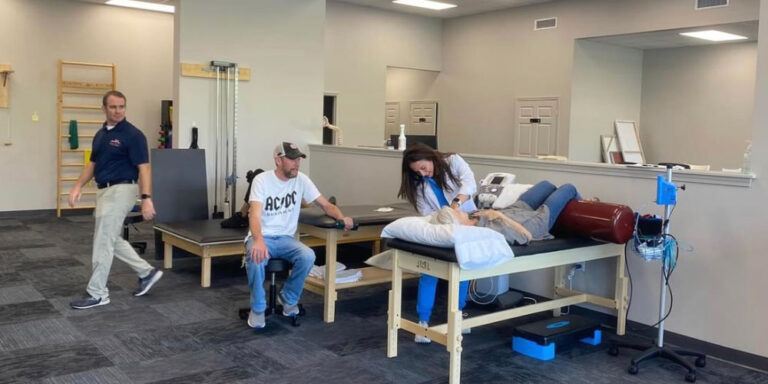Maintenance Physical Therapy is covered by Medicare and some insurance providers but it is complicated.
Physical therapy is a profession founded on restorative and rehabilitative care. Meaning for you to receive skilled physical therapy services you must exhibit the potential and ability to restore a prior level of function and/or reverse a loss of function. The traditional model of physical therapy has specific requirements to qualify for service. These requirements included having an initial evaluation where the physical therapist evaluates not only your impairments and loss of function, but also your potential to improve. Following the initial evaluation, specific short term and long-term goals must be established and re-evaluations performed to track and demonstrate progress toward set goals. Finally, you are required to be discharged once you have met your goals and regained your function. There is ongoing research and work within the profession of physical therapy to become more efficient and effective utilizing new techniques, practices, and equipment available to achieve the restoration of function in the shortest amount of time possible. Insurance providers are continually reducing payment to therapy service providers for therapy services due to data provided and norms for restoration continually being shortened due to. There was an understanding that if you did not progress with your therapy or plateaued in your progress you were then to be discharged due to meeting ‘maximum functional potential.’
Maintenance physical therapy came into play in 2013 following the settlement of Jimmo v Sebelius case. This turned the world of physical therapy upside down. It went against all the norms and requirements of traditional physical therapy. It suddenly opened the door to begin allowing physical therapists to provide physical therapy to patients even when no improvement is expected, when no improvement was made, and when the need was to simply prevent deterioration. The requirements to qualify for this type of therapy was left vague with much room for interpretation and still widely misunderstood and continually debated in the physical therapy community today.
Restorative physical therapy and maintenance physical therapy are on opposite ends of the spectrum. While restorative physical therapy has very definitive requirements for participation, with the establishment of goals, frequency, and endpoints; maintenance therapy has subjective and vague requirements with respect to goals, frequency, and endpoints. Due to the general lack of structure of maintenance therapy, it is often avoided by most practicing physical therapists today. Physical therapists are continually warned that the fraudulent use of their license and billing insurance could result in the loss of their therapy license. Physical therapists are good people trying to obey the laws and work within the guidelines established to protect their license. Once a therapist goes down the road of providing maintenance therapy, they fear the unknown because of the lack of parameters and structure. They fear the potential to either not be paid for the services they provide because there is no improvement or goals met, or worse the loss of their license and livelihood for providing therapy and billing insurance providers in situations where no potential was expected.
Maintenance physical therapy is covered by Medicare and some insurance providers. Coverage is based on the physical therapist’s individualized assessment of the patient’s condition and the need for skilled care to carry out a safe and effective maintenance program. Patients are not required to have the potential to improve and the maintenance therapy is covered in cases in which needed therapeutic interventions require a high level of complexity. Routine exercise and walking programs are not considered skilled programs in and of themselves while the education to caregivers on how to perform the exercises and walking programs safely with that patient is considered a skill. If the interventions can be taught and appropriately carried out by a caregiver or another unskilled provider, these services are not considered skilled and do not meet Medicare coverage requirements. The frequency of therapy visits is based on the clinical judgment of the physical therapist and the unique clinical condition of the patient, but the frequency of visits must be justified to your insurance provider. For every visit that is provided by a physical therapist, the therapist must show that the service was a skilled physical therapy service. Services are not covered or considered skilled maintenance therapy simply because a competent, skilled caregiver is not available to furnish the services and a therapist performs them. Caregivers are required to be instructed and periodically reviewed to determine if they are carrying out an unskilled service.


